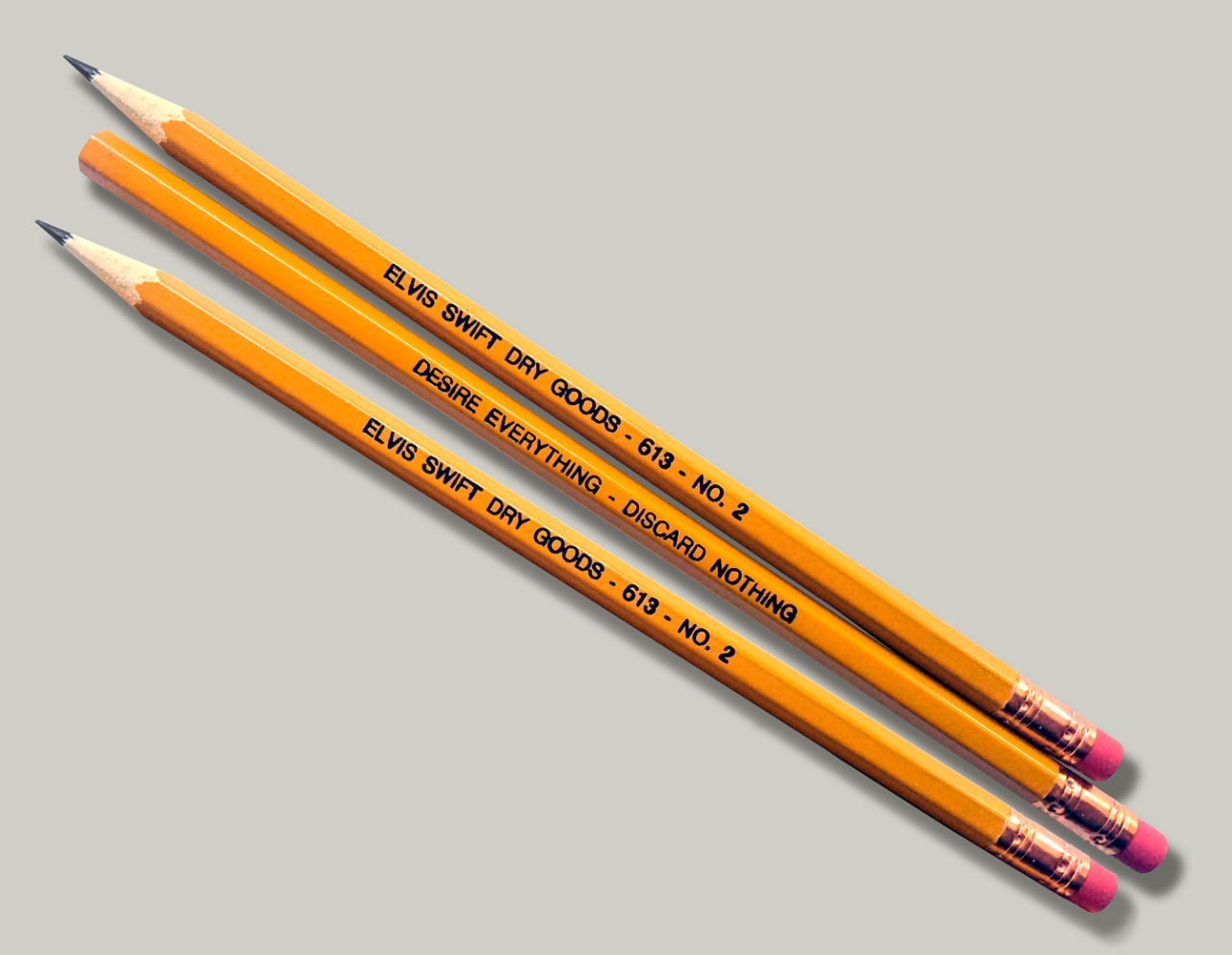
Pencil definition: A pencil is a writing implement that consists of a solid core of graphite enclosed within a protective casing, usually made of wood. Pencils have been used for centuries to create written and drawn works, and continue to be a popular choice for artists, writers, and engineers alike.
Pencils come in a variety of types, each with its own unique characteristics. The most common type of pencil is the graphite pencil, which is made from a mixture of graphite and clay. Graphite pencils are available in a range of hardness grades, from soft to hard, which affects the darkness and thickness of the line they produce.
Introduction to Pencils: Pencil Definition

Pencils, ubiquitous writing and drawing instruments, have a rich history dating back centuries. Originally crafted from graphite deposits, pencils evolved with technological advancements, leading to a diverse range of types for various applications.
Components of a Pencil
A pencil consists of three primary components: the core, casing, and eraser. The core, composed of graphite and clay, determines the pencil’s hardness or softness. The casing, typically made of wood or plastic, protects the core and provides a comfortable grip.
The eraser, often attached to the end of the pencil, aids in removing marks.
Pencil Grading System, Pencil definition
Pencils are graded on a scale to indicate their hardness or softness. The grading system, designated by letters or numbers, ranges from 6B (softest) to 9H (hardest). Soft pencils produce darker, broader marks, while hard pencils create lighter, finer lines.
| Pencil Grade | Mark | Applications |
|---|---|---|
6B
|
Dark, broad | Shading, sketching |
3B
|
Medium | Drawing, sketching |
| HB | Neutral | Writing, everyday use |
F
|
Light, fine | Technical drawing, sketching |
2H
|
Very hard | Architectural drawing, precise lines |
Pencil Techniques
Artists employ various pencil techniques to achieve different effects in their drawings. Cross-hatching, where lines are drawn in multiple directions, creates depth and texture. Stippling, using small dots, produces a soft, textured look.
Blending, using a tortillon or stump, smooths pencil strokes and transitions.
Pencil Applications
Pencils have diverse applications beyond writing and drawing. In art, they are used for sketching, charcoal drawings, and pastel paintings. In engineering, they are employed for technical drawings and architectural plans. In education, they remain essential for writing, note-taking, and test-taking.
Outcome Summary
Pencils are a versatile tool that can be used for a wide range of applications. They are commonly used for writing, drawing, sketching, and shading. Pencils can also be used for more specialized purposes, such as engineering and drafting.
The pencil definition is a testament to the enduring popularity of this writing implement. Pencils are a simple and affordable tool that can be used to create beautiful and lasting works of art.
Quick FAQs
What is the difference between a pencil and a pen?
Pencils and pens are both writing implements, but they differ in the way they work. Pencils use a solid core of graphite to create marks on paper, while pens use a liquid ink. Pencils can be erased, while pens typically cannot.
What are the different types of pencils?
There are many different types of pencils, each with its own unique characteristics. The most common type of pencil is the graphite pencil, which is made from a mixture of graphite and clay. Graphite pencils are available in a range of hardness grades, from soft to hard, which affects the darkness and thickness of the line they produce.
Other types of pencils include colored pencils, which are made with pigments instead of graphite, and mechanical pencils, which use thin lead refills.
What are the different uses of pencils?
Pencils can be used for a wide range of applications, including writing, drawing, sketching, and shading. Pencils can also be used for more specialized purposes, such as engineering and drafting.





